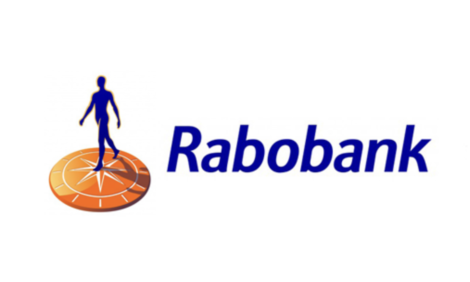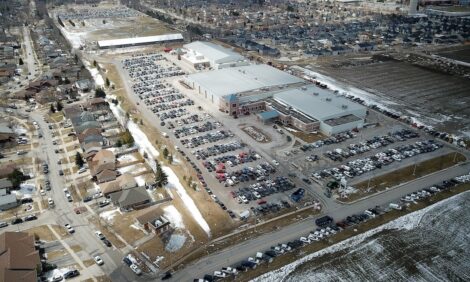



Canadian Beef Industry Works to Sustainably Increase Production
CANADA - Canada has an opportunity to play a leading role in meeting rising global food production needs responsibly through investments in agriculture research across a variety of disciplines.On Friday (2 December), the Beef Cattle Research Council (BCRC) and the national Beef Value Chain Roundtable (BVCRT) released a strategy to achieve high priority beef research objectives that support increasing productivity while remaining environmentally, socially and economically sustainable.
The new Canadian Beef Research and Technology Transfer Strategy will support the industry’s ability to manage challenges and sustainably supply demand. This strategy builds upon the success of the 2012-2018 National Beef Research Strategy. The new strategy’s research objectives are to be captured by 2023.
With long-term trends of rising temperatures, decreasing precipitation and greater weather variability, ongoing research and innovation is necessary to produce adequate livestock feed. Development and adoption of technologies can also enable the industry to continually improve efficiencies that reduce its environmental footprint. Production efficiencies reduce greenhouse gas emissions and the land, water and fossil fuels needed to produce each kilogram of safe, high quality beef.
While facing several challenges related to competitiveness, the industry is tasked to increase production. The Food and Agriculture Organization of the United Nations (FAO) has projected beef consumption to grow 1.8 million tonnes or 6 per cent in developed countries and 6.8 million tonnes or 17 per cent in developing countries over the next ten years.
“With a growing global population that desires beef, research and innovation is critical to produce more using limited resources,” said Andrea Brocklebank, Executive Director of the BCRC and Chair of the BVCRT Research Committee. “The Canadian beef industry will be increasingly challenged to responsibly increase productivity while remaining environmentally, socially and economically sustainable. Adequate research and technology transfer funding, infrastructure, and expertise focused on the knowledge and innovations that have the greatest potential to advance the industry are key to meeting this important objective.”
The Strategy identifies desired research outcomes related to beef quality, food safety, animal health and welfare, feed grains and feed efficiency, forage and grassland productivity, environmental sustainability and antimicrobial use, resistance and alternatives. It encourages greater communication and collaboration between the various beef research funding agencies across Canada so that funding can be allocated in ways that adequately address industry priorities, avoid duplication, and enhance adoption.
“Limited, fragmented funding does not complement or adequately support a national value proposition of Canada as a leader in animal health, food safety, and quality,” added Ms Brocklebank. “Clear direction of funding allocations across funding agencies is needed to achieve specific outcomes that adequately address industry research priorities. Together we can invest in a portfolio of research that includes both near-term and long-term research.”
The Strategy was developed for and by industry stakeholders, researchers, research institutions, and beef research funding agencies. It outlines how research dollars have been invested in the past, which research issues are of highest importance to industry stakeholders, and specific desired outcomes that require dedicated research or technology transfer. The Strategy will better enable the industry to achieve its core research objectives of enhancing industry sustainability, improving production efficiencies, improving consumer confidence and beef demand, and improving public confidence in Canadian beef.
The Canadian Beef Research and Technology Transfer Strategy 2018 – 2023 was developed through an extensive collaborative process that engaged researchers, funders and grassroots producers. Input was sought through various means including direct stakeholder consultation, an online survey, and two workshops. The collaborative process helped to identify gaps in research needs, research capacity, and programming.
TheCattleSite News Desk


